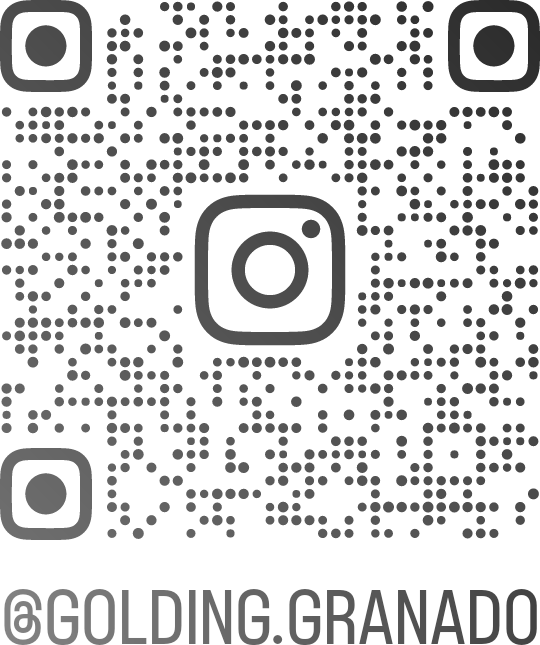Skin Tightening
 Cosmetic skin tightening procedures are designed to improve skin laxity and firmness, addressing sagging or loose skin. Several techniques and technologies are used for this purpose, and the specific details may vary depending on the procedure. Here are common elements involved in cosmetic skin tightening procedures:
Cosmetic skin tightening procedures are designed to improve skin laxity and firmness, addressing sagging or loose skin. Several techniques and technologies are used for this purpose, and the specific details may vary depending on the procedure. Here are common elements involved in cosmetic skin tightening procedures:
- Consultation and Assessment: Before any procedure, a consultation with a qualified skincare professional or plastic surgeon is essential. They will assess your skin condition, discuss your goals, and determine the most suitable treatment for your needs.
- Preparation: Depending on the type of procedure, preparation may involve skincare routines, avoiding certain medications or substances, and following any pre-procedure instructions provided by the practitioner.
- Anesthesia or Topical Numbing: Some skin tightening procedures may involve the use of local anesthesia or topical numbing agents to ensure patient comfort during the treatment.
- Procedure Execution: Various technologies are employed for cosmetic skin tightening, including:
- Radiofrequency (RF) Therapy: Uses radiofrequency energy to heat the deeper layers of the skin, stimulating collagen production.
- Ultrasound Therapy: Utilizes ultrasound waves to target specific layers of skin, triggering collagen regeneration.
- Laser Therapy: Involves the use of laser energy to promote collagen synthesis and skin tightening.
- Non-Invasive or Minimally Invasive Techniques: Some procedures are performed without incisions, while others may involve minimal incisions.
- Targeted Treatment: The procedure specifically targets areas with loose or sagging skin. Common treatment areas include the face, neck, abdomen, arms, and thighs.
- Post-Procedure Care: After the procedure, there may be some redness, swelling, or discomfort, depending on the intensity of the treatment. Practitioners often provide post-procedure care instructions, including the use of skincare products, sun protection, and any necessary follow-up appointments.
- Recovery and Results: Recovery time varies depending on the procedure. Non-invasive treatments generally have minimal downtime, while more invasive procedures may require a longer recovery period. Results typically develop gradually as collagen production increases, with optimal outcomes becoming apparent over weeks to months.



